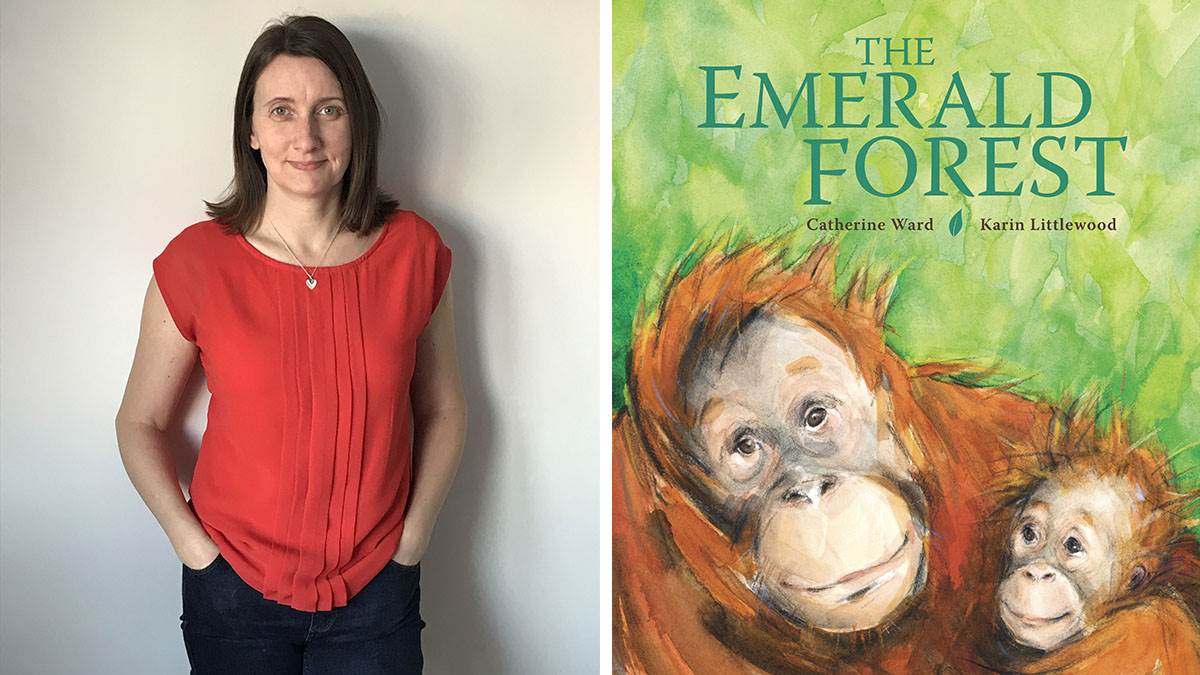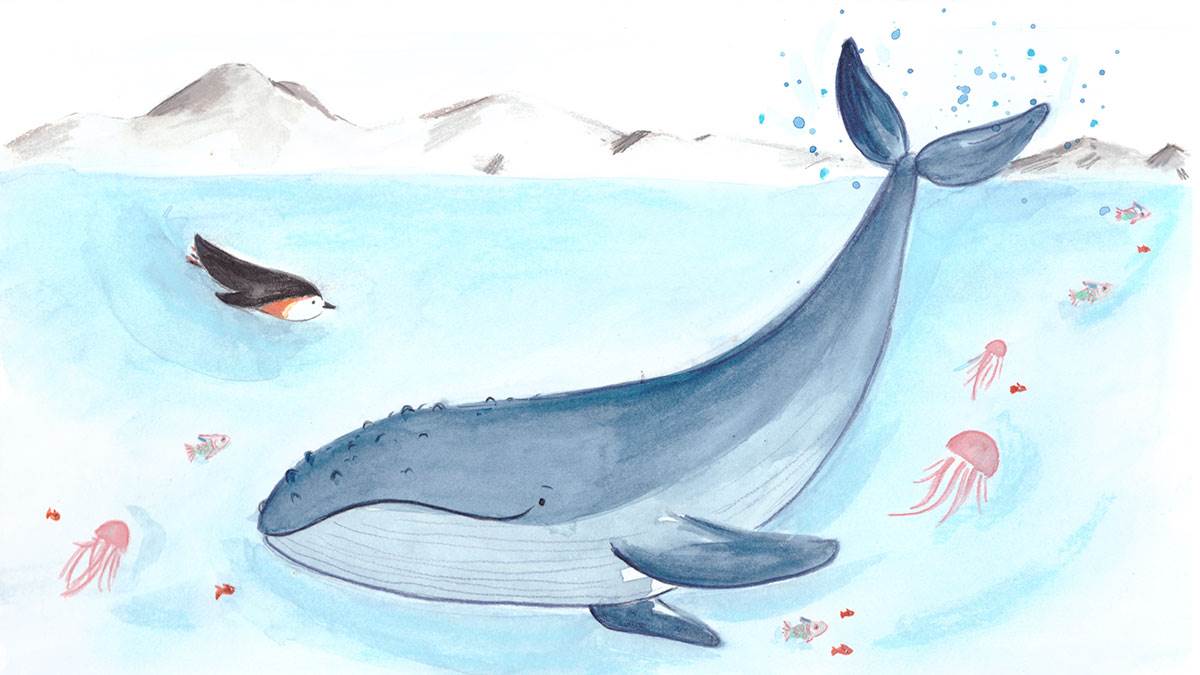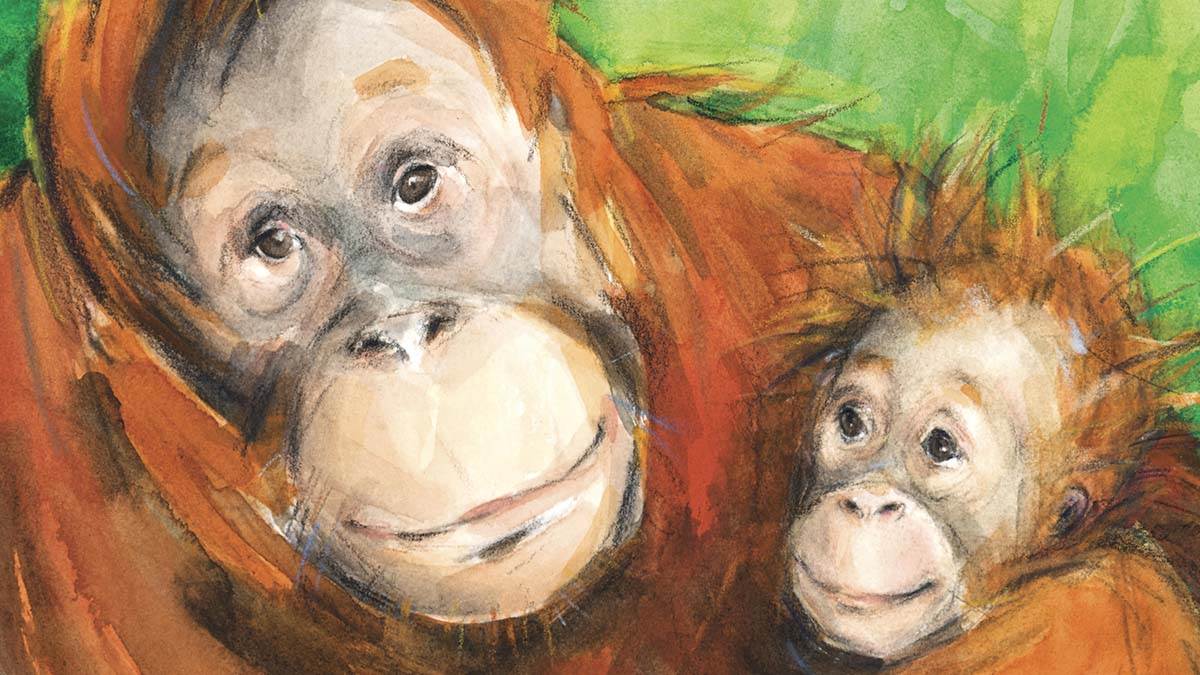Why children need books about endangered species
Published on: 02 February 2023 Author: Catherine Ward
Author Catherine Ward shares her passion for books about animals whose lives are at risk.

Planet Earth is amazing!
It's full of rich habitats where a kaleidoscope of lifeforms has evolved to thrive and support each other over the course of many, many thousands of years. The balance found within these ecosystems is delicate, complex.
Human activity is now changing the planet at a speed which is putting this balance in peril. Habitats are being lost or fragmented at an alarming rate, and with them species are being lost forever, some before they have even been discovered. According to the IUCN Red list of threatened species, more than 41,000 species are threatened with extinction - that's 28% of all monitored species.
By 2050, the UN expects almost two thirds of the world's population to be living in urban areas. Sometimes referred to as 'concrete jungles', our towns and cities often seem far removed from the natural world.
Children growing up in these areas can, understandably, feel disconnected from nature; the statistics about nature loss can be difficult to relate to. And yet, if we are to continue to thrive as a species, we must urgently take action to care for our beautiful planet and everything in it.
We are all connected. We are ALL a part of nature.
But how can we feel that connection when we often live so separately from nature? Books are a window on the world. Most of us will never get to see the polar regions or rainforests, mangroves or mountains. If we want our children (and ourselves) to care about the natural world, we must first help them to learn about it, to be amazed by it, to fall in love with it. Because through that process, children, all of us, will want to protect it.
How books can raise awareness

Illustration: Fiona Lumbers
Including endangered species in books is crucial if we are to raise awareness of what we could lose from our planet. We need to be honest about what is happening and to help children understand why.
Because if we all understand why the natural world is in crisis, we all have an opportunity to do something about it. To be a part of the solution. To empower children, with their families, to make decisions about the way they live their lives while there is still a window of opportunity to save what is left of the natural world.
The good news is, there are so many small things we can all do. And many small changes add up to make a big difference!
And, of course, it is important for children to realise that the responsibility does not rest solely on their shoulders. They need to know that they are not alone in caring. That there are many incredible people out there doing all they can to save and protect nature. Scientists, conservationists and activists are doing amazing work to save habitats and protect species. By showing this to children in books, we can show them hope for the future.
Exploring endangered species in The Emerald Forest

Illustration: Karin Littlewood
With so many habitats and species under threat, the options for stories are, sadly, almost endless. Choosing to write for children about rainforests and orangutans in The Emerald Forest stemmed from my own childhood fascination in geography. I can still remember sitting in the classroom at my school, reading about rainforests in a book. I can almost picture myself drawing a diagram of the rainforest layers and thinking, 'Wow!' That fascination has never left me.
Rainforests are sometimes referred to as the lungs of the world. Their importance in the overall balance of the world's ecosystems is vital. And many of the species found in rainforests are found nowhere else on earth.
Orangutans are only found on the islands of Borneo and Sumatra. They are critically endangered. Orangutans play a vital role in the dispersal of seeds. If orangutans disappear, so will several tree species, especially those with large seeds. The island of Sumatra has lost more than half of its rainforests in the last thirty years due to palm oil production, logging, coal mining, small-scale agriculture and the development of roads.
I wrote The Emerald Forest to help children learn about orangutans and the incredible relationship a mother orangutan has with her young. Young orangutans have one of the longest childhood dependencies on their mother of any animal in the world because they have so much to learn in order to survive in the wild.
When I was researching about orangutans and rainforest destruction, I came across a project being undertaken by the World Wildlife Fund (WWF), the Frankfurt Zoological Society (FZS) and The Orangutan Project who have formed a company to manage 100,000 acres of forest bordering the Thirty Hills (Bukit Tigapuluh) National Park.
Formed in 2015, they have a 60-year challenge to save one of the last great areas of rainforest, an area of Sumatra which is one of the few wild places in the world where orangutans, tigers and elephants coexist. This, for me, was the basis of the story of hope that I wanted to share with children.
My wish is that, through this story, children will be filled with love for orangutans, awe for the rainforests in which they live, understanding of what is happening to their habitat, desire to help protect both and to have hope for their future.
The Emerald Forest by Catherine Ward and Karin Littlewood, published by Otter-Barry Books, is out now.
Topics: Around the world, Animals, Environment, Nature, Features





